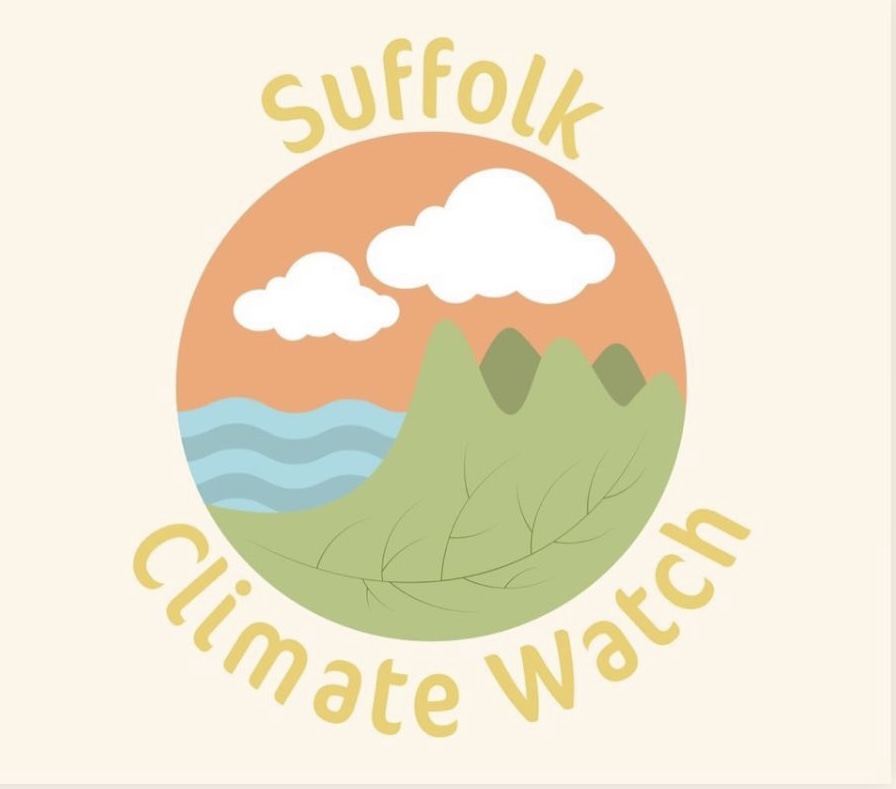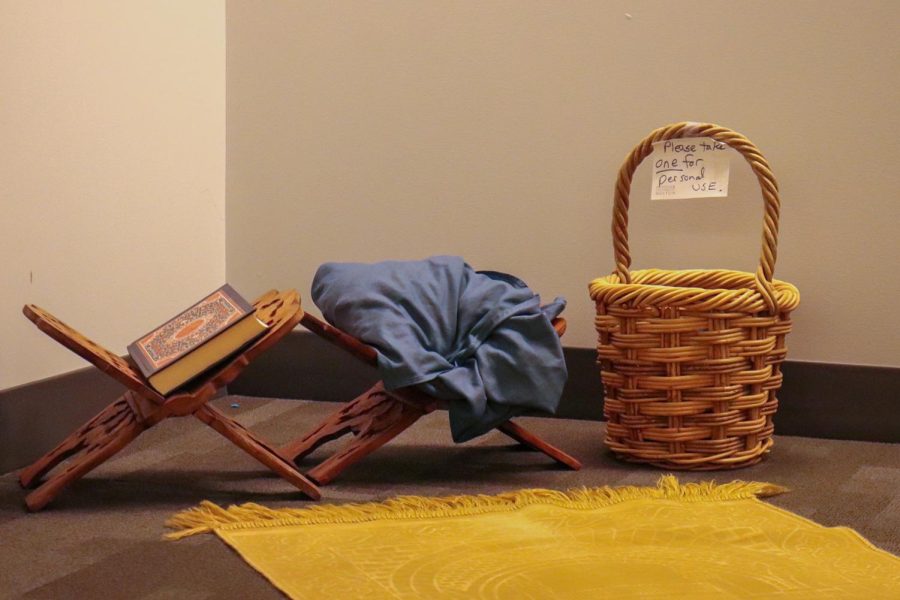The volume of water in the Colorado River has been slowly shrinking due to rising temperatures. This freshwater resource is responsible for providing water to 40 million people, and has recently seen significant scarcities that could lead to critical water shortages, according to CNN.
The river begins in north central Colorado and travels 1,450 miles to the Gulf of California. The dwindling water supply has been studied in recent years and research has identified that this has been caused by global warming. Studies show that its flow decreases by almost 10% for every 1.8 degree Fahrenheit of warming, according to CNN.
Indicating research shows if the temperatures continue to escalate, one-fourth of it could be gone by 2050. The river endured a notable drought between 2000-2017 causing a 16% decline in flow, with high temperatures causing half of the drought, according to USA Today.
Some climate scientists have stated that many southwest cities could be negatively impacted without this river. Warmer weather causes less snowfall on the Rocky Mountains — a major contributor of water to the Colorado River.
The mountains play a significant role in the evaporation process. The snow on top of the mountains often melts and evaporates before the runoff from the mountains has time to flow into the river, thus reducing the amount of river that flows into the river basin.
With fossil fuels causing an increase in temperature, there is less snowfall and more precipitation. That precipitation often evaporates before making its way to the river. The little snow that does fall on the Rockies melts sooner in the year. This trend contributes to significant changes both to the landscape and those that rely on the river for water.
Some states, such as Nevada, Arizona and New Mexico are doing what they can to come up with potential solutions. They are taking less water from the river to reduce the risk of decreasing levels, according to USA Today. In addition, a body of water has been alloted in Lake Mead due to a deal made with California. With this in place, many hope that there will be water reserved in case the levels continue to decline.











